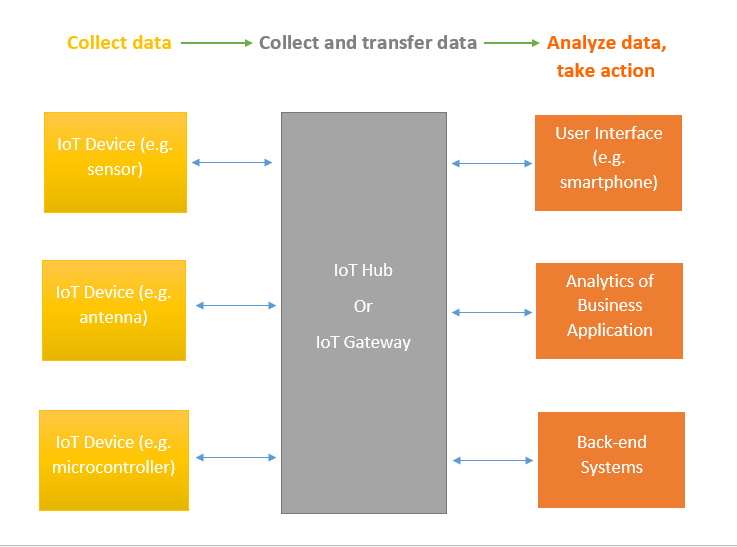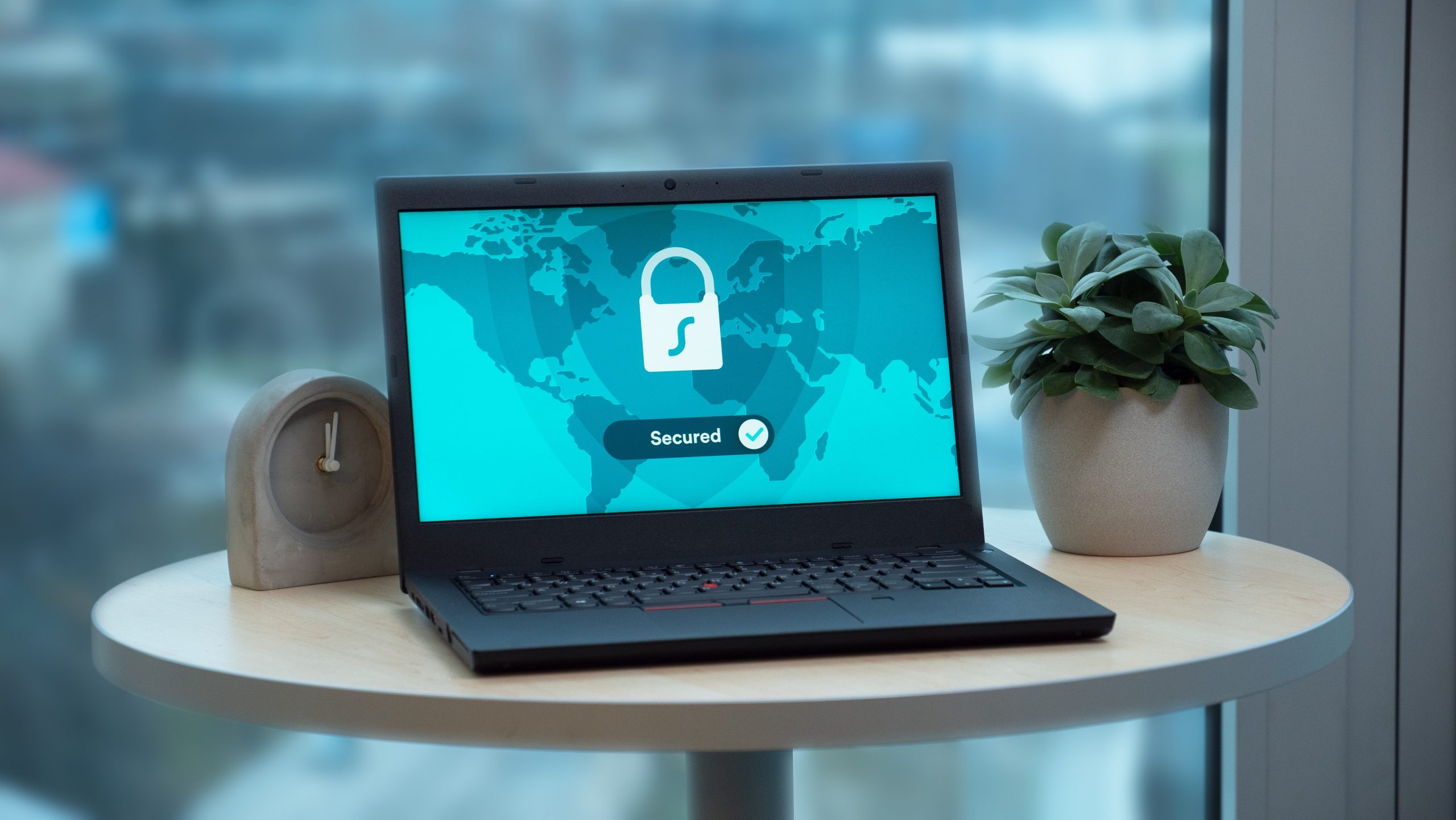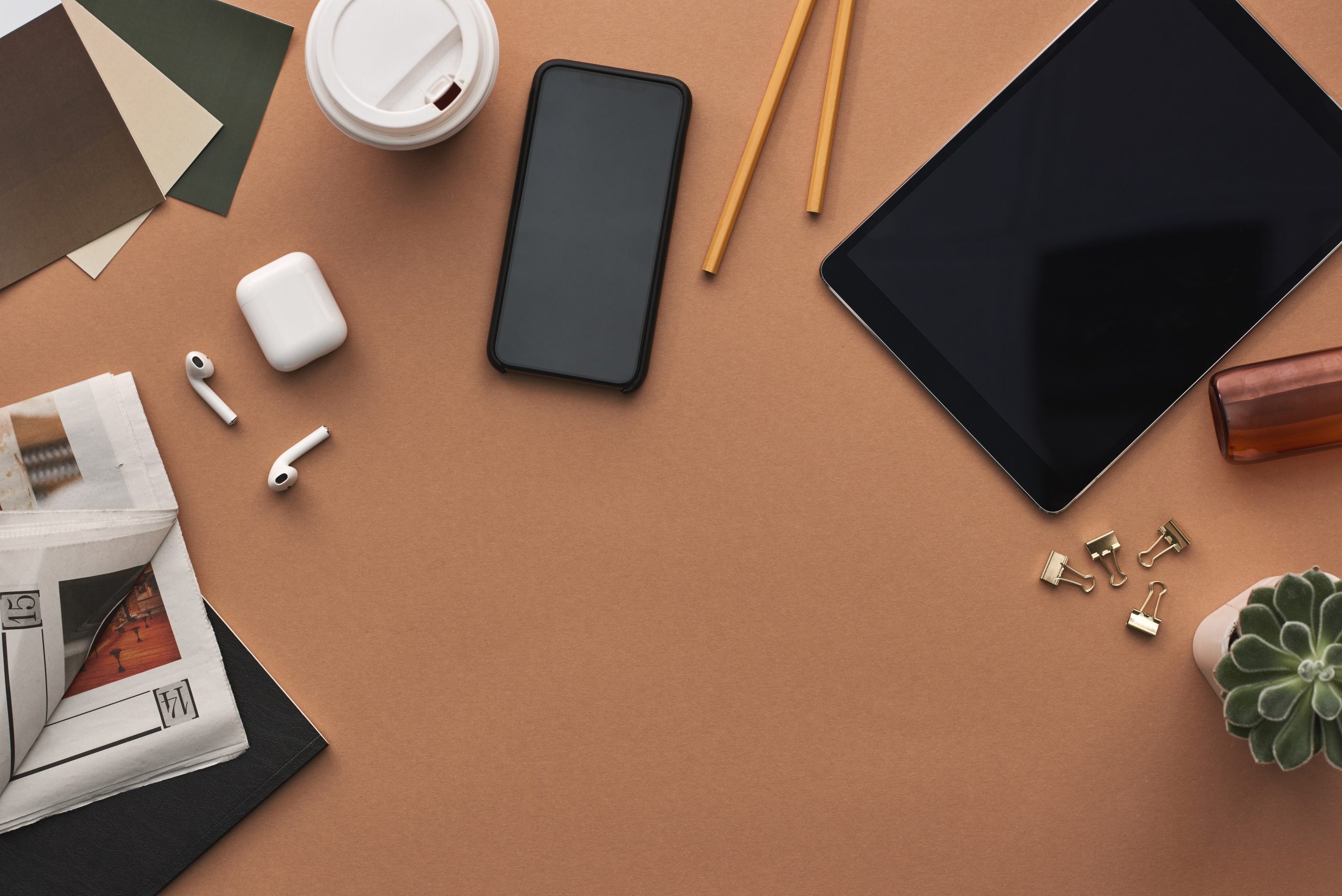Connection has long been an essential matter, once among people and now among things. Or to put it more precisely, among people and things. Isn’t it mind-blowing to think you can communicate with the objects around you? The Internet of things, which is a real future technology, creates a network among physical objects. In other words, the Internet of things is a system of interconnected machines that connects various devices using UIDs. This system makes it possible for different devices to transfer data over a network. Let’s delve into the subject and see how this new technology will affect us.
"The IoT connects the interconnectedness of human culture - our 'things' - with the interconnectedness of our digital information system - 'the Internet'."
What do ‘things’ mean?
The term ‘things’ in the Internet of things refers to a person, a farm animal with a biochip transponder, or an automobile with built-in sensors. Actually, any object that can contain an IP address and is able to transfer data over a network is considered a ‘thing’. Although the technical process is practically difficult, it’s easy to explain. Smart devices with sensors, processors, and communication hardware can collect data from their environment. In addition, using the cloud technology, IoT devices share the collected data by connecting to an IoT gateway. Besides, Artificial Intelligence and Machine Learning are two powerful sources that can play major roles in the advancement of the Internet of Things. Shown below, there is a diagram that shows how an IoT system works.

When Was the Idea of IoT First Introduced?
Although the Internet of Things is thought of as a future technology, the idea of it first appeared during the 1980s. One of the early projects in this area was an internet-connected vending machine. Back then, it was too difficult for the researchers and scientists to develop such an ambitious idea. Also, there were not enough resources and financial support to help its progress. Through the years and by getting access to RFID tags, which are low-power wireless chips, this idea could grow more.
When broadband Internet, cellular networking, wireless networking, and IPv6 became available, the way was cleared for the Internet of Things to develop. However, it was not being called the Internet of Things then. This phrase was first coined by Kevin Ashton in 1999.
Early Adoption of the Internet of Things
As we said earlier, one of the primary uses of the idea of IoT was in an internet-connected vending machine. In addition, another initial usage was related to locating expensive objects using RFID tags. In fact, early serious developments of IoT took place in business and industry. It was especially developed in manufacturing. There, IoT is known to have M2M (machine to machine) application. Nonetheless, the current trend is focused on expanding the usage of IoT to houses and everyday applications for people.
Applying IoT in Today’s World
Nowadays, significant advancements in technology have changed the face of industry and everyday life. Providing efficiency is one of key tasks of IoT. Basically, the application of IoT in industry can be categorized into two main areas. One is providing industry-specific items, such as sensors or real-time locating devices. The second general area is offering tools that can be utilized in all industries. As an example, we can mention security systems. There are various industries going smart or smarter using IoT. Manufacturing, finance, retail, transportation, and recently agriculture, infrastructure, and home automation industries are some of them.
Examples of IoT Application
In agriculture, IoT uses sensors to collect data on weather (rainfall, humidity, temperature), and soil content. Also, It can collect some information about automating the farming process. Moreover, using sensors in infrastructure, one can monitor the work process in structural buildings, bridges and so on. In home automation, IoT can be used to monitor and act on mechanical and electrical systems. In fact, this application is the small scale of the idea of smart cities.
How Beneficial Can IoT Be?
The list below summarizes some of the benefits of using IoT:
1. Smarter life and work, 2. Real-time control over systems,
3. Automating processes, 4. Reducing labor costs,
5. Decreasing waste, 6. Improving service delivery,
7. Improving customer experience, 8. Agility that saves time,
9. Spotting system failures immediately, 10. Improving business strategies,
11. Enhancing productivity, and 12. More revenue.
Indeed, if you take a closer look at the benefits listed above, it would not be wrong for us to say that IoT practically is a future technology.

Top Companies Providing IoT Solution
These days, there are numerous companies using this technology or showing interest in using it. Here is a list of top companies providing IoT solutions in various industries:
1. Goki (Providing IoT solution in Smart Lock, Hospitality, Software);
2. RingCentral (Cloud Computing, Communication, Mobile);
3. JioBit (IoT for family safety);
4. Cooler Screens (Merging IoT and retail coolers);
5. CCC Information Services (Automotive, Insurance, Software);
6. Farmer’s Fridge (Smart Fridge IoT);
7. AlertMedia (IoT-powered safety monitoring);
8. SimpliSafe (Home security IoT);
9. Superpedestrian (Building IoT-enabled bicycle);
10. CSG (Bringing IoT to telecommunication);
11. Inspire (Smart energy IoT);
12. Enevo (IoT-powered waste management); and many more.
As you see, IoT has entered all aspects of human life from home applications to industrial usages. The promising point is that this useful technological idea of IoT is on the rise. It will soon discover new venues to make human life more efficient. Therefore, It can be said that IoT is a good example of technology serving human beings.
Security and Privacy Concerns
Despite all the advantages that the Internet of Things provides, there are some disadvantages. Firstly, the Internet of Things is a network that can connect millions of devices worldwide. Secondly, the number of IoT users is increasing. Hence, data security is a major concern for companies and users. Also, in case of hacking into the systems, due to close connection of IoT devices, privacy of millions of users is openly at risk.
One of the recent IoT attacks, which was one of the biggest DDoS attacks ever, occurred in 2016 that took down numerous websites for a long time. Attackers made use of the poor security of IoT devices and penetrated into the network. Keeping the devices updated is one of the best solutions to decrease vulnerability against cyberattacks. Another major issue in IoT is privacy. Companies providing IoT devices may access the users’ personal information, using the same devices.
Therefore, to make IoT more favorable for users, companies need to focus on these concerns and meet the related needs.

The Future of IoT
Global investment in IoT was around $646 billion, in 2018. There was a 15.4% rise in 2019 that increased it to $745 billion. It is estimated that this number will amount to $1 trillion, in 2022. Therefore, manufacturing operations with $100 billion, production asset management with $44.2 billion, freight monitoring with $41.7 billion, and smart home with $44.1 billion will be major areas of investment, respectively.
It is predicted that by 2025, IoT industry will achieve a revenue of about $1 trillion to $3 trillion. This will happen thanks to providing IoT-powered applications, platforms, and services. IoT is a future technology that is built on the basis of some of the fastest-growing technologies. It is said that IoT will be limitless sooner or later. Increased agility, integrated Artificial Intelligence, and improved automation are among the factors that help IoT prevail more than ever.
In brief, IoT as a top future technology is on the right track. Through the recent decades, it has flourished significantly and has resulted in great positive changes. However, it’s just the beginning and the upcoming years will certainly witness more fascinating technologies and innovations in this area.




Very informative and well-written article.
IOT is exactly where high-end technologies work together to make things smart and connected.